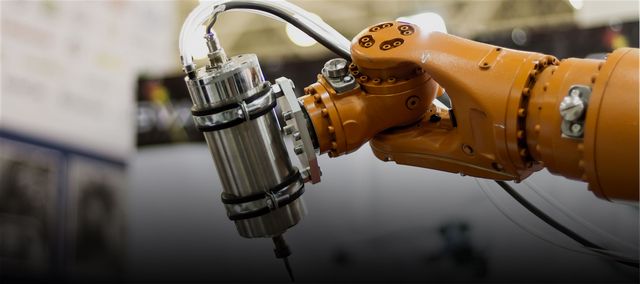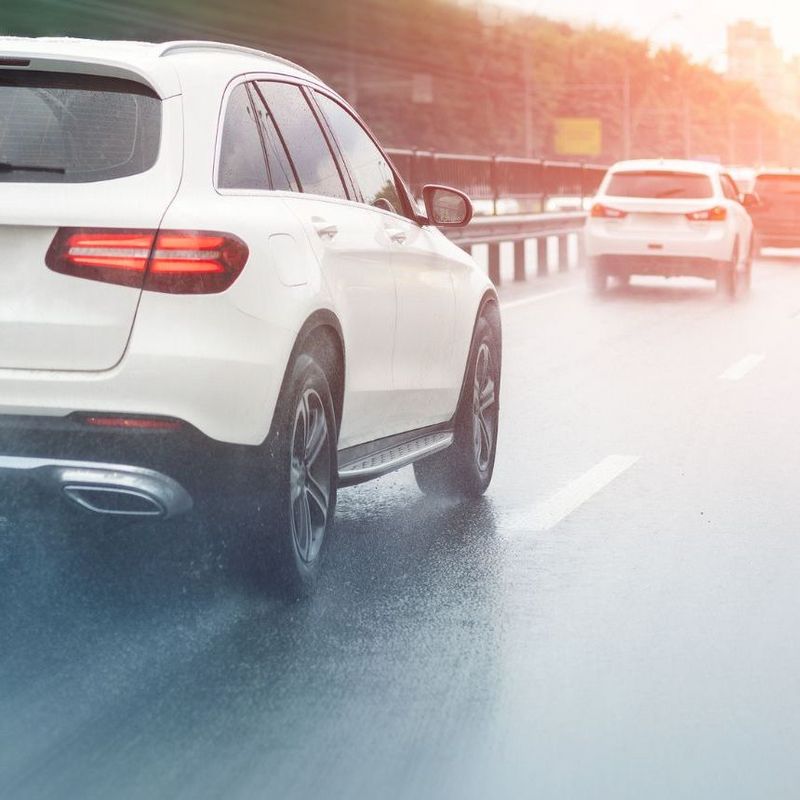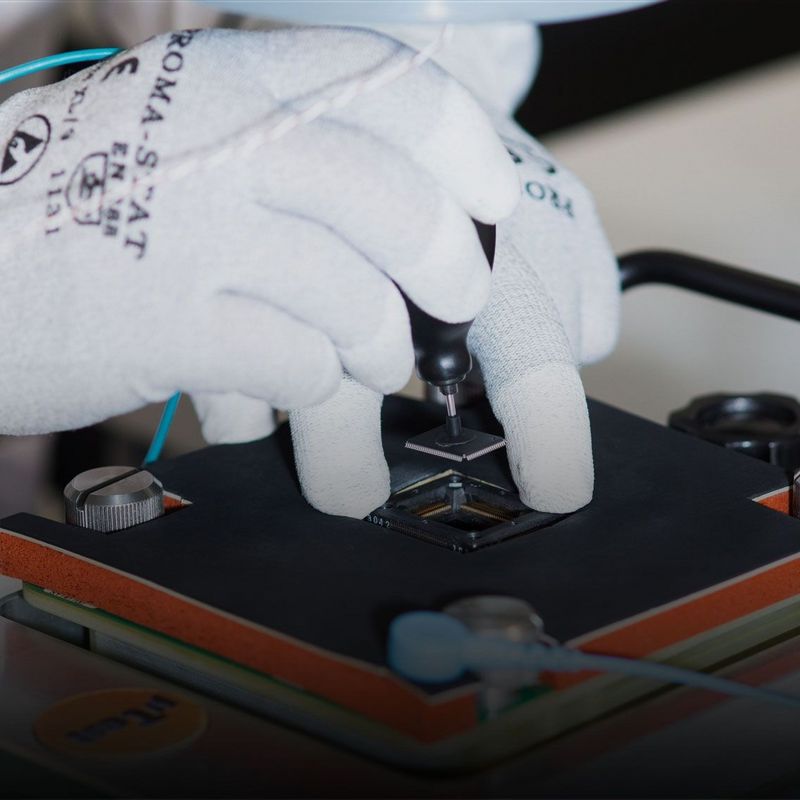At first glance, safety and security are easily mixed up. In German, they even translate into the same word “Sicherheit”. Project Manager Matthias Springer explains why a distinction is so important for TÜV NORD.
What’s the difference between safety and security?
Safety stands for accident avoidance, and security for crime prevention. The best way to explain it is to use an example: If you think of an emergency exit, on the one hand you have the safety aspect. In safety terms you need to be able to get out of the building at any time, and the door should preferably always be open. As far as security – with a focus on building protection – is concerned, this door would ideally not be there at all, so that no-one can get in. The goals and values of safety and security are in some places contradictory, which is what makes the subject so intriguing. In the field of classic safety, functions are enabled in potentially dangerous machinery to protect people and the environment. When it comes to security, however, you’re no longer protecting people from machines – in fact it’s quite the reverse: You have to protect the machine to ensure that people can’t bring it to a juddering halt or switch off relevant safety functions.
Why is this distinction so important for TÜV NORD?
The terms are derived from conventional industry. At TÜV NORD, this relates to various sectors, such as process technology, chemistry, power plants and consumer products such as conventional toys or also fridges. Until now, the IT security field has been a world of its own without reference to other sectors. But now that toys, phones, and whole plants and facilities are coming equipped with IT interfaces, these two areas are converging. It no longer makes logical sense to separate industrial security and IT security. This is creating new challenges for TÜV NORD: On the one hand, the security of existing products which are now having IT interfaces added to them must remain guaranteed. On the other, the networking of systems is giving rise to product classes which didn’t use to exist – such as 3D printing or the whole Smart Home field, where systems in the home can be connected and controlled over the Internet via mobiles, tablets and PCs. New requirement profiles are developing as a result to ensure that security can also be safeguarded in the future.
What role do safety and security play in Industry 4.0?
With Industry 4.0 it’s all about what we’ve been discussing – the increasing networking of individual systems and components. This is creating new possible threat scenarios. Cars are interconnected using car-to-X communication, for example, to govern safe driving distances. An external hacker could in theory take over a networked car and use the security interface to disable safety features. And it’s from a worst-case scenario like this that we’ve come up with our core issue: We need security measures to continue to be able to guarantee safety – Security4Safety. Under this heading TÜV NORD offers comprehensive risk management for Industry 4.0.
YOU MAY ALSO LIKE
ABOUT MATTHIAS SPRINGER
© TÜV NORD
Matthias Springer, 35, landed at TÜV NORD right after he graduated in 2008. As project manager for “Security4Safety”, he and his team are responsible for the development of services for Industry 4.0 against the backdrop of digital transformation – with the aim of merging the two values of security and safety. What makes his working day so exciting is the lure of the unknown: “What motivates me is helping to create new things and pushing ahead with their development,” says Matthias Springer.



